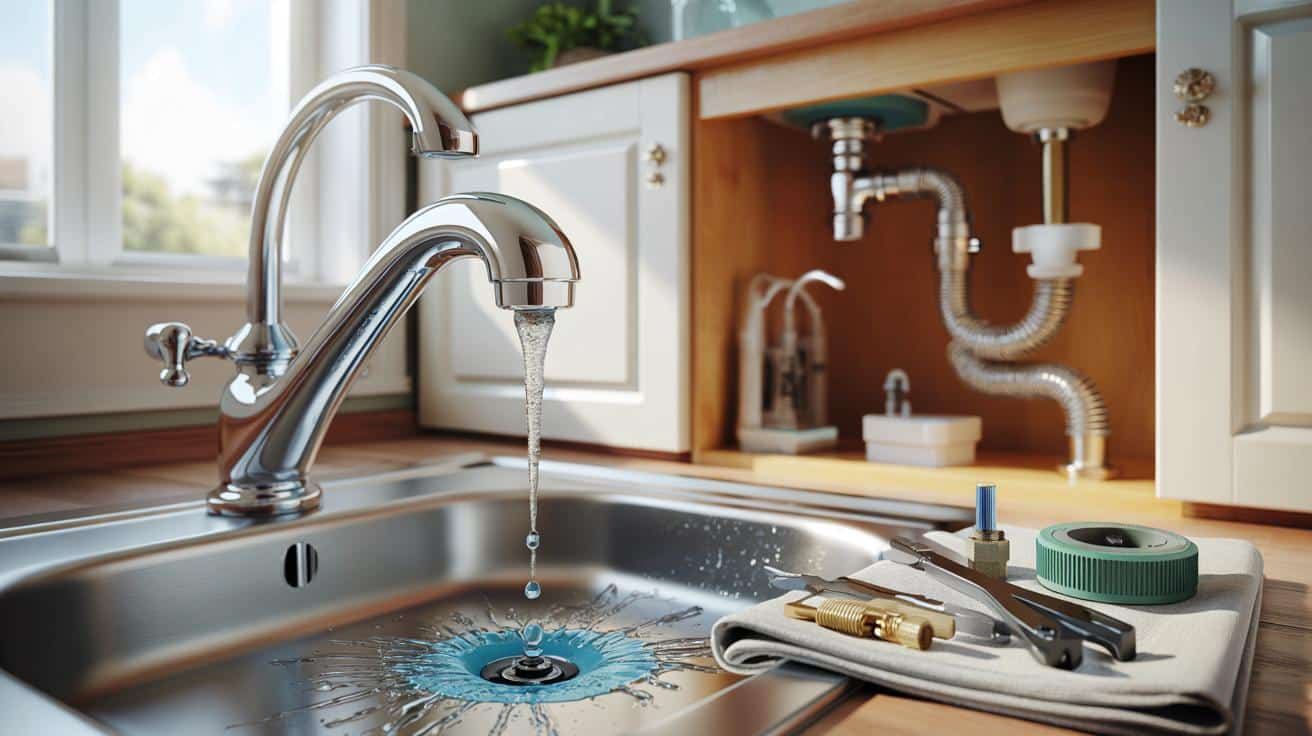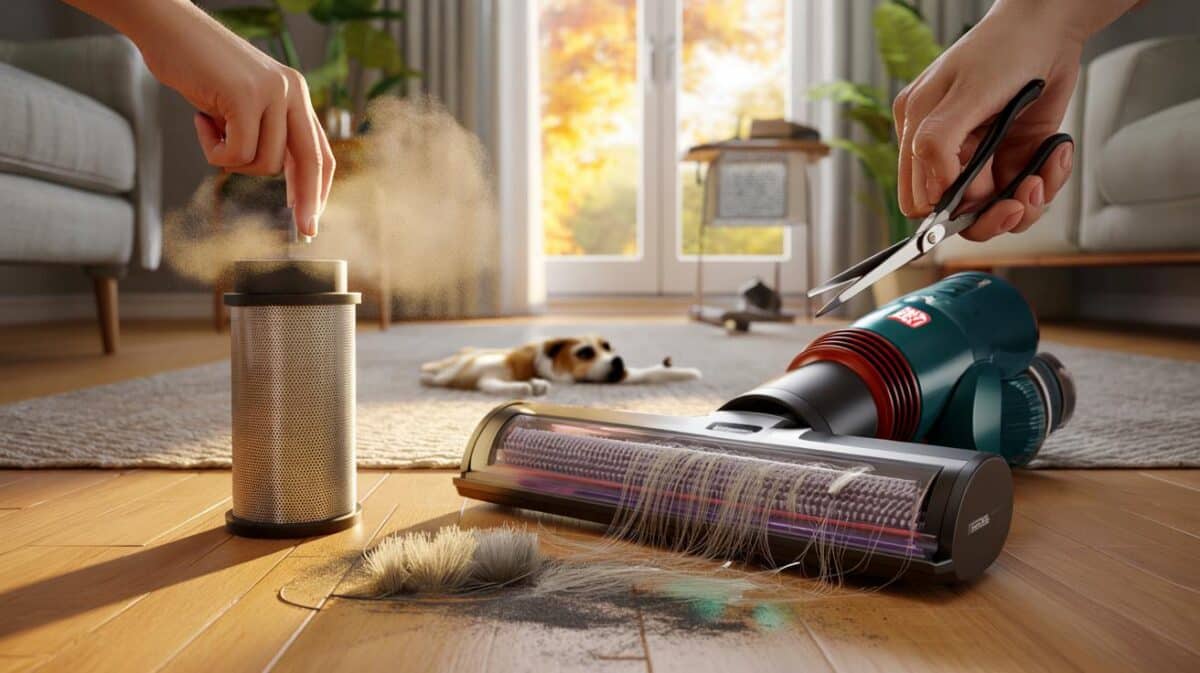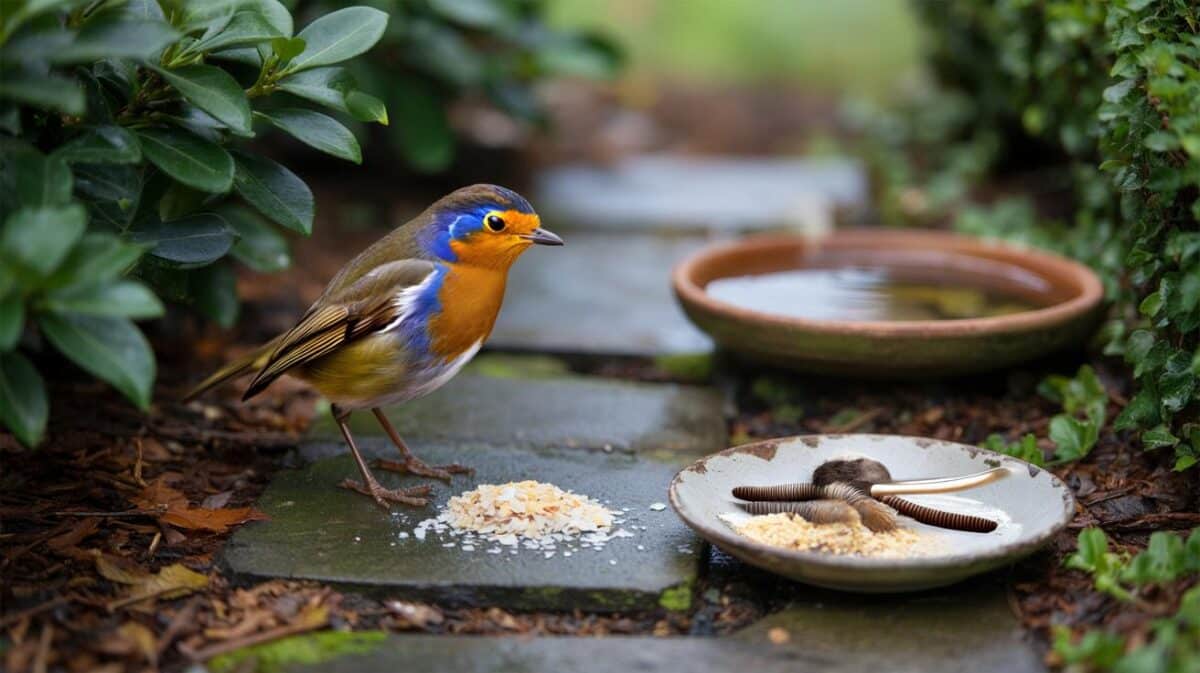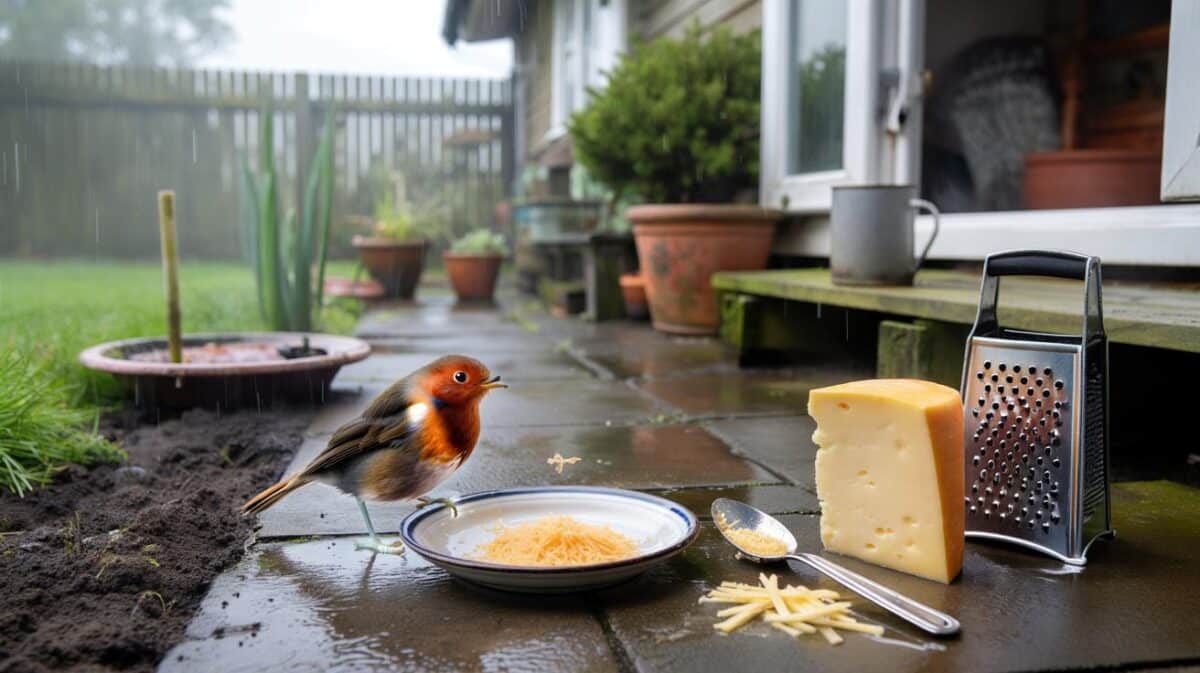Across the UK, tiny leaks hide under sinks, behind loos and inside walls. They trickle away money, warmth and comfort. A calm, simple routine can halt that daily loss and steady your household budget before winter bites.
Signs you can’t see: the small clues that give leaks away
Most leaks give off faint signals long before they soak a floor. Start with your senses. Listen for a faint hiss near a closed tap. Note any rhythmic drip when the house is silent. Sniff for musty odours in cupboards. Scan skirting boards and ceilings for tide marks or blistered paint.
Run two quick tests that cost nothing. First, the meter test: take a reading last thing at night, avoid using water, then check again in the morning. A change points to a hidden flow. Second, the dye test for toilets: add a few drops of food colouring to the cistern, leave for 20 minutes without flushing, and see if the bowl takes on colour. If it does, the inlet valve or flapper is passing.
Look for crusty white limescale below joints, damp dust under flexible hoses, or a slow trickle at overflow pipes outside. Watch your boiler pressure gauge too; repeated drops can signal a weeping system.
A dripping tap can waste up to 120 litres a day, enough to fill a bath and warm it if it is the hot side.
Act fast, spend little: first moves when water goes astray
Isolate the problem to limit damage. Turn the small service valve under the sink or behind the toilet a quarter-turn clockwise. If water still spreads, close the main stop tap, usually under the kitchen sink or in a utility cupboard. Open a cold tap to relieve pressure.
Dry the area so you can trace fresh moisture. Tighten visible compression nuts gently with a spanner. Wipe around with a paper towel and check for new rings of wet. Take a photo before you dismantle anything; it makes reassembly easier. Keep a basic kit to hand: adjustable spanner, screwdrivers, PTFE tape, spare washers and towels.
If in doubt, shut the stop tap. It buys you time, cuts losses and keeps repairs straightforward.
Fixes that work today: nine quick wins you can do in minutes
- Replace a tap washer or ceramic cartridge: isolate, remove the handle and headgear, swap the washer or cartridge like-for-like, and reseat.
- Reseat a dripping spout: fit a new O-ring at the base of the spout or reseal with food-safe silicone where needed.
- Stop a running toilet: clean or replace the flapper/clapet, adjust the float height so the waterline sits below the overflow.
- Silence a hissing cistern: replace the fill valve seal kit; grit often scores the seal and causes a constant trickle.
- Tighten weeping compression joints: support the opposite nut and give the main nut a small turn; do not overtighten.
- Refresh flexible hose washers: swap perished rubber at both ends of braided hoses feeding taps and toilets.
- Fit tap aerators and a low-flow shower head: cut flow by 25–40% while keeping pressure comfortable.
- Lag exposed pipes: insulation sleeves reduce winter bursts and condensation drips in lofts and garages.
- Place a leak alarm under sinks and near appliances: a £10 battery puck squeals at the first drop.
When the toilet will not stop: float and flapper fixes
Lifting the cistern lid reveals the culprits. If water spills into the overflow, lower the float or replace the fill valve seal. If coloured water reaches the bowl in the dye test, clean the flapper seat with a cloth and replace the flapper. Modern drop-in valve kits are inexpensive and fit in under 20 minutes with basic tools.
When the tap will not quit: washers, cartridges and reseating
Traditional pillar taps usually leak due to a tired washer. Remove the handle cap, undo the retaining screw and lift off the handle. Use a spanner to remove the valve, swap the washer, and check the seating for pitting. For mixer taps with cartridges, take the old part to a merchant to match splines and size. Reassemble snugly and test.
What it saves: the numbers behind a tighter system
Put short fixes against realistic gains. A single dripping hot tap can send 120 litres down the drain each day. That is water and energy wasted. A constantly running toilet can lose 200–400 litres daily, which explains sudden bill spikes. Households that tackle these quick wins typically trim up to 15% from annual consumption, with bigger cuts where hot water losses were involved.
| Problem | Likely daily loss | Time to fix | Typical parts cost |
|---|---|---|---|
| Dripping tap | Up to 120 litres | 15–30 minutes | £2–£25 (washer or cartridge) |
| Running toilet | 200–400 litres | 20–40 minutes | £5–£20 (valve/flapper kit) |
| Weeping joint | 50+ litres | 10–20 minutes | £1–£5 (washer/PTFE) |
The money side depends on your tariff, yet the pattern holds. Cheap parts, modest effort, reliable savings. There is also a health gain: less damp means fewer spores and less mould growth around cupboards and skirting. That protects lungs and reduces redecorating spend.
Ten quiet minutes each month to test taps, toilets and the meter can stabilise your usage all year.
Room-by-room checks that catch problems early
Kitchen: feel under the sink after running hot water for a minute. Heat expands joints and shows seeping seals. Check dishwasher and washing machine hoses for bulges near crimps. Replace any hose older than five years.
Bathroom: lift bath panels twice a year to inspect traps and waste pipes. Examine silicone lines for gaps; failed sealant lets splash water creep underneath. Look for fine cracks around the base of the toilet pan and regrout if you spot movement.
Loft and airing cupboard: inspect around the hot water cylinder and any exposed feed-and-expansion tank. Damp, dark wood or greenish staining on copper hints at a slow leak. Fit a simple tray under valves to reveal drips.
When to call a professional and how to prepare
Phone a plumber if the stop tap does not close, if a ceiling sags, or if a warm patch appears on a floor with no visible pipe runs. Keep photos, note meter readings, and write the timeline. Clear access to the kitchen sink unit, the toilet, and the boiler cupboard. Ask for replacement like-for-like parts you can source locally, which keeps future maintenance simple.
Make the autumn routine work for you
Set a calendar reminder for a monthly leak patrol. Run the meter test overnight. Open and close the stop tap so it stays free. Test every toilet with dye twice a year. Review your hot water temperature and flow restrictors to avoid heating excess water. Fit pipe insulation in garages and lofts before the first frost to prevent bursts during cold snaps.
Renters can still act. Report leaks fast with clear photos and meter readings. Use temporary leak alarms and tap aerators you can remove when you move. Keep a small kit for washers and PTFE tape; landlords welcome fixes that prevent damage and claims.
For those keen on data, try a simple weekly consumption log. Record start and end meter numbers each Sunday. Note guests, laundry loads and garden use. Patterns jump out within a month. Spikes without a reason point to a hidden flow and prompt a closer look before your bill arrives.







